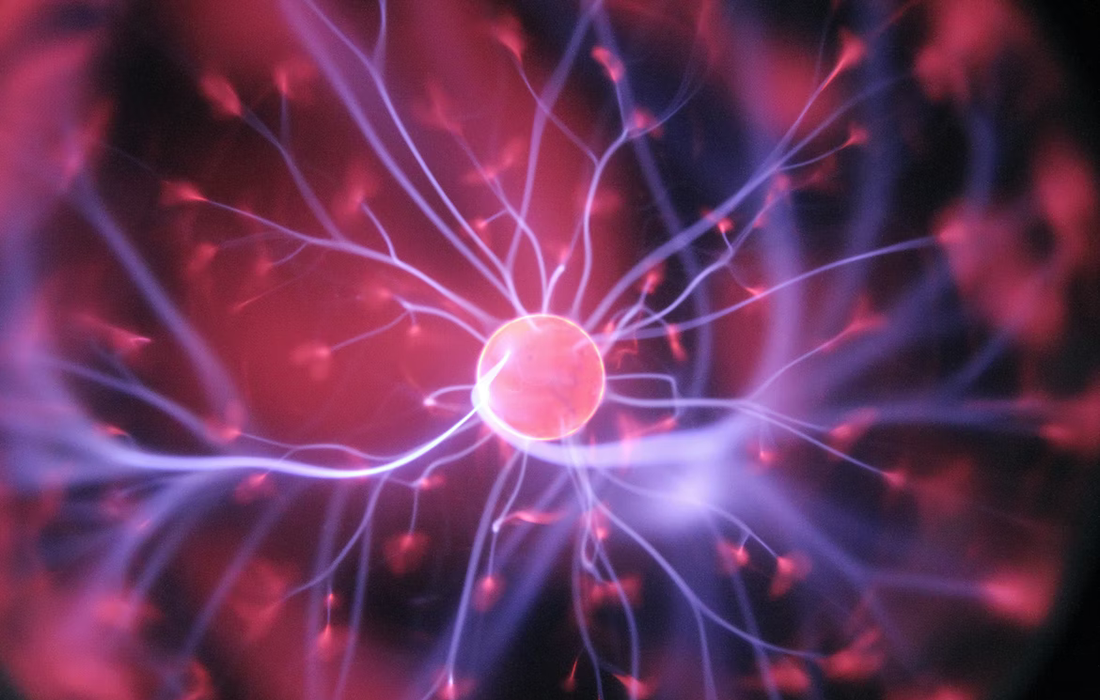Regenerative Medicine News and General Information
Researchers Found that Astrocytes are Electrically Active Like Neurons
Astrocytes make up almost half of the mammalian brain cells. They are called glial cells because scientists originally thought that these starlight-shaped structures serve as “nerve glue.”
They play a variety of roles within neurons, such as controlling the growth of axons, the neuronal projections that carry electrical impulses. But until now it was unknown that they also carry electrical impulses.
In a new study, researchers from Tufts University in Massachusetts and other institutions realized that astrocytes may execute a significantly greater performance in the brain. The study appears in the journal Nature Neuroscience.
Using Viruses to our Advantage
The team developed a technique to detect and observe electrical activity in brain cell interactions. They used viruses to express fluorescent proteins in the mouse brain, and measure this activity.
The study showed that neurons release potassium ions, which change the astrocytes’ electrical activity, and this affects how astrocytes control neurotransmitters.
The study adds to our understanding of how neurons and astrocytes interact. Currently, most treatments for neurological disorders target neurons. The researchers believe that their findings could lead to the development of new treatments that may impact the brain by acting directly on the astrocyte’s role in the brain.
The team is already screening for existing drugs to see if they can manipulate astrocyte-neuron processes.
Source:
Jeanna D. Smiley. (2022, May 8). Study finds new way two of the most important brain cells ‘talk to each other.’ Medical News Today. Retrieved from:
Image from:
Photo by Hal Gatewood on Unsplash

